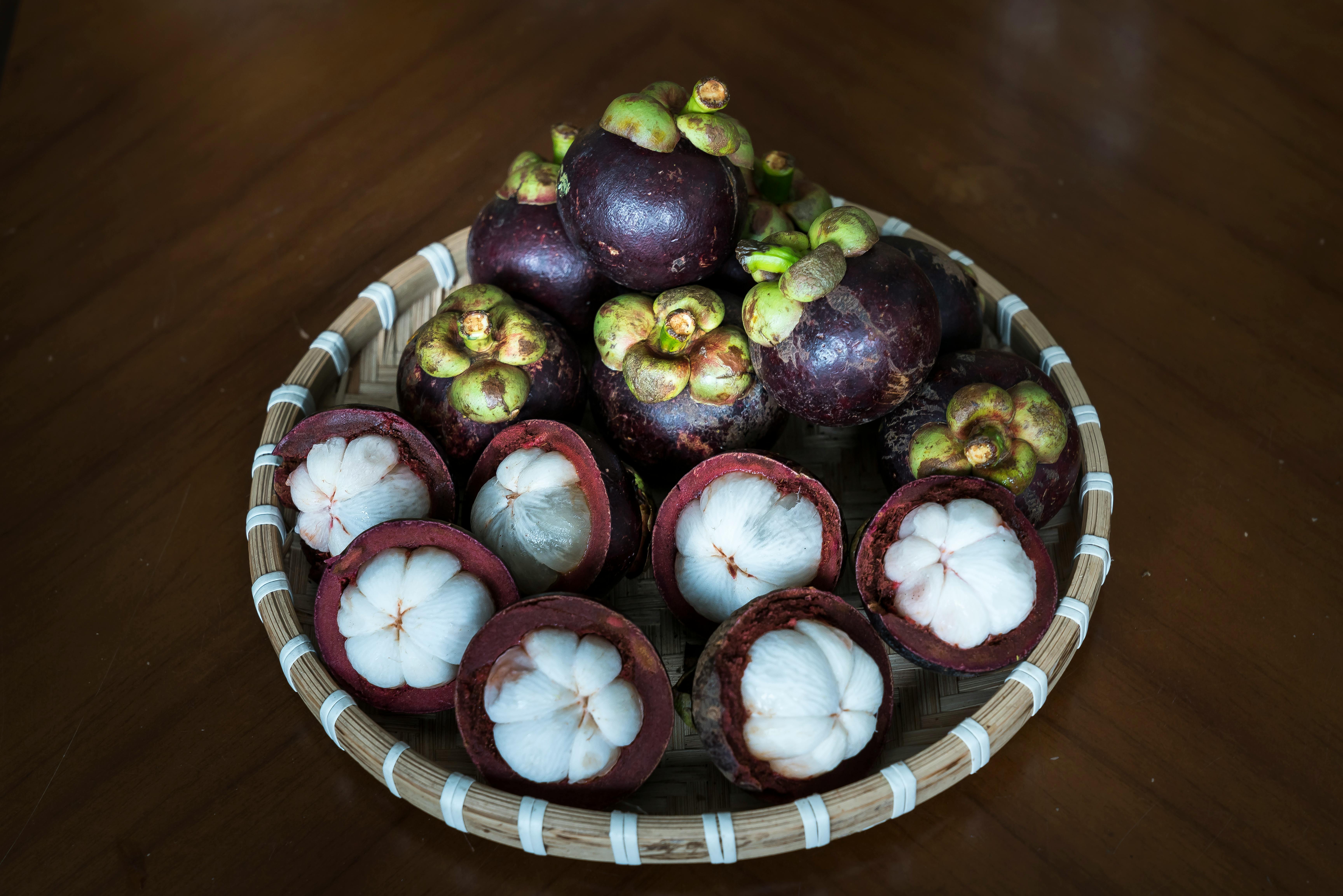Discovering the Art of Thai Fruit Carving: An Aesthetically Pleasing Culinary Trend
Thai fruit carving is an ancient art that has been transformed into a modern culinary trend, adding a creative and visually appealing touch to dining experiences worldwide. Thai fruit carving is a blend of culinary skills and artistic flair that originated in the 14th century in Thailand. It was initially practiced by women in the royal court who would present intricately carved fruits and vegetables during royal ceremonies. Today, this art form has been embraced by chefs across the globe, who are using it to add a dash of aesthetic appeal to their culinary creations.

The Technique Behind the Beauty
The art of Thai fruit carving is a meticulous process that requires a steady hand and a keen eye for detail. The process begins with choosing the right fruit or vegetable, which is typically one that is firm and has a vibrant color. Once the perfect fruit or vegetable is selected, the carver uses a sharp knife to carefully create intricate designs, transforming an ordinary item into a beautiful masterpiece.
The Impact on Modern Culinary Trends
In the contemporary culinary world, presentation is just as important as taste. Thai fruit carving has been embraced by modern chefs as a way to enhance the visual appeal of their dishes. From ornate garnishes to standalone fruit sculptures, this art form is a testament to the creativity and innovation that exists within the culinary industry.
Thai Fruit Carving as a Hobby
Thai fruit carving is not just confined to professional kitchens. Many cooking enthusiasts have taken up this art form as a hobby. It’s a great way to engage with food on a deeper level and to add a personal touch to meals. Plus, it’s a fun and unique hobby that can impress friends and family at your next dinner party.
Taking Thai Fruit Carving to the Next Level
For those looking to take their Thai fruit carving skills to the next level, there are numerous resources available. Consider enrolling in a fruit carving class or purchasing a book on the subject. There are also plenty of online tutorials that can provide step-by-step instructions.
- Thai fruit carving works best with firm fruits and vegetables.
- The most commonly used fruits for carving in Thailand are watermelon, papaya, and cantaloupe.
- Traditional Thai fruit carving knives are extremely sharp and typically have a narrow, pointed blade.
- Patience and practice are key when learning this art form.
Concluding Thoughts on Thai Fruit Carving
In a world where the culinary arts are continuously evolving, Thai fruit carving stands out as a creative and visually stunning trend. Whether you’re a professional chef or a home cook, incorporating this art form into your culinary repertoire can transform an ordinary meal into an extraordinary dining experience. So why not pick up a knife and give Thai fruit carving a try? The results are sure to be both delicious and beautiful.




